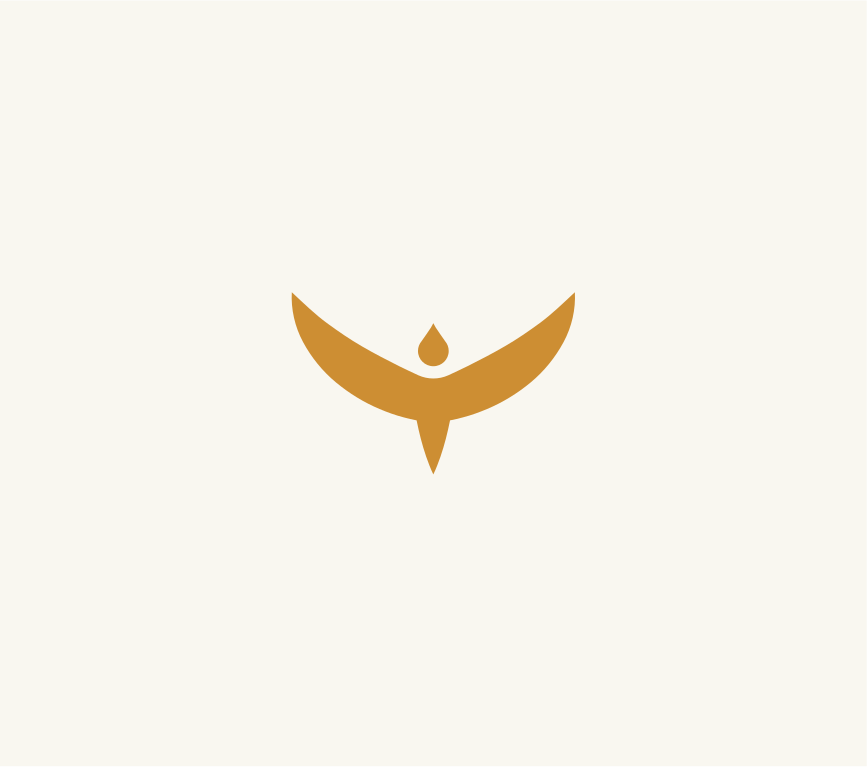Twelve Labours of Heracles
It would not make sense unless you read why Heracles had to perform his Twelve Labours. The Madness of Heracles was the origin of Heracles' great adventures that earned him a place among the immortal gods at Olympus.

First Labour (Nemean Lion)
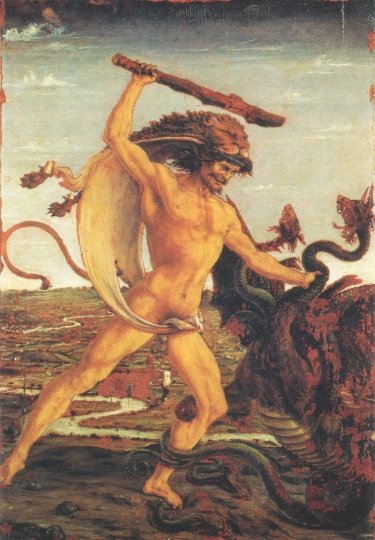
Second Labour (Hydra)

Third Labour (Cerynitian Hind)
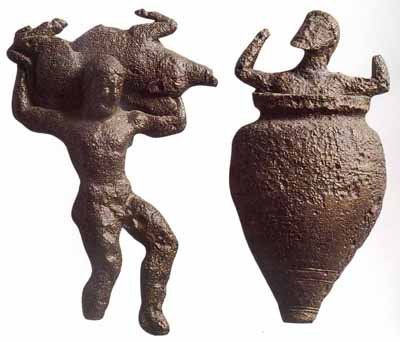
Fourth Labour (Erymanthian Boar)
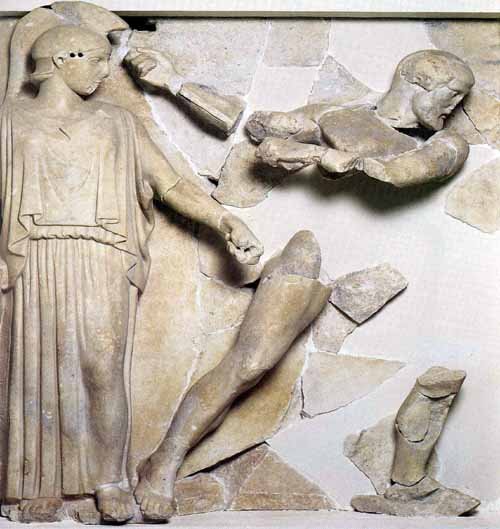
Fifth Labour (Stables of Augeias)
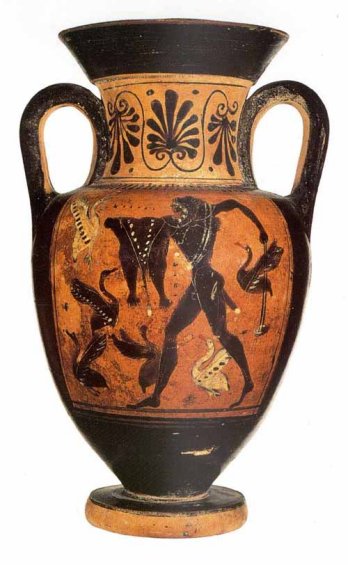
Sixth Labour (Stymphalian Birds)
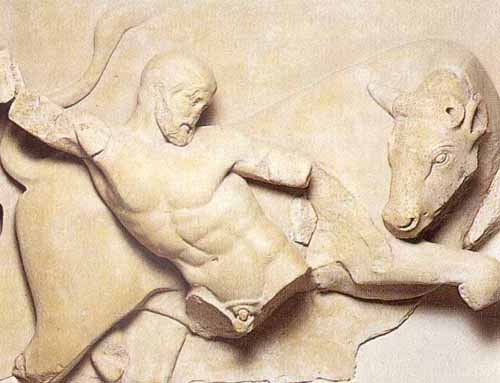
Seventh Labour (Cretan Bull)
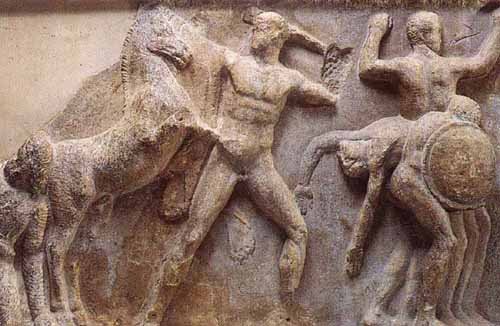
Eighth Labour (Mares of Diomedes)

Ninth Labour (Hippolyte's Girdle)
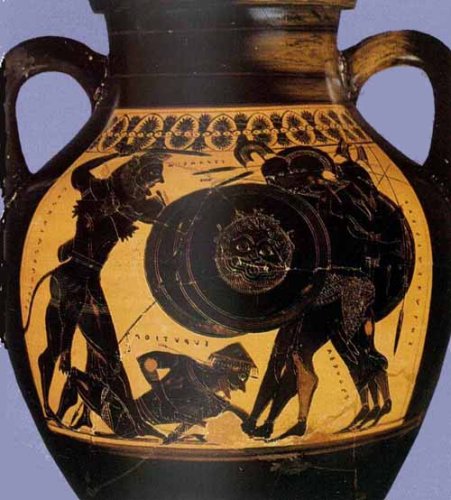
Tenth Labour (Cattle of Geryon)
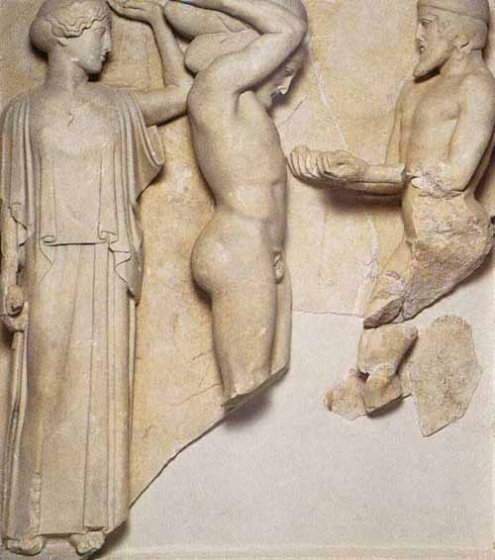
Eleventh Labour (Apples of Hesperides)
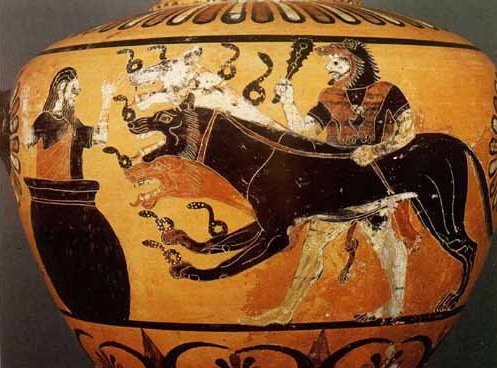
Twelfth Labour (Cerberus)
Madness of Heracles
Heracles heard the news about the Minyan army from Orchomenus defeating and disarming the Theban army. Heracles led a group of Theban youths, armed with old weapons from a temple. Heracles defeated the Minyan army, killing Erginus, king of Orchomenus.
Creon, king of Thebes, gave his daughter's hand in marriage to the hero who had saved Thebes from slavery. Megara bore him three sons: Therimachus, Deicoon and Creontiades.
The marriage did not last long. The goddess Hera inflicted Heracles with a sudden fit of madness, causing him to murder his own children. Some writers claimed that he also killed his wife Megara as well.
According to Pausanias (quoting from Stesichoros of Himera), Heracles would have killed his stepfather Amphitryon as well, but Athena intervened by knocking Heracles unconscious with a stone; a stone known as the Sober stone.
When he returned to his senses, he suffered from great sorrow and remorse. The king and the Theban citizens were unwilling to punish the hero, so Heracles exiled himself from Thebes. Thespius purified him for the murder. In Euripides' tragedy called the Madness of Heracles, the young hero would have committed suicide, but his cousin and friend Theseus persuaded Heracles that suicide would be a cowardly act. Theseus took Heracles to Athens where he was purified for his crime.
Heracles still saw the need to expiate his grave crime or sin, so he went to Delphi to consult with the oracle. The oracle of Delphi told him that he needed to serve his cousin Eurystheus, king of Tiryns and Mycenae, who would devise ten labours (later twelve) as his punishment for his crime of murdering his own family.
I believe that it was in Delphi where he received a new name – Heracles, meaning "Glory of Hera". His name at birth – Alcaeüs – was never used again in his lifetime.
By Jimmy Joe
